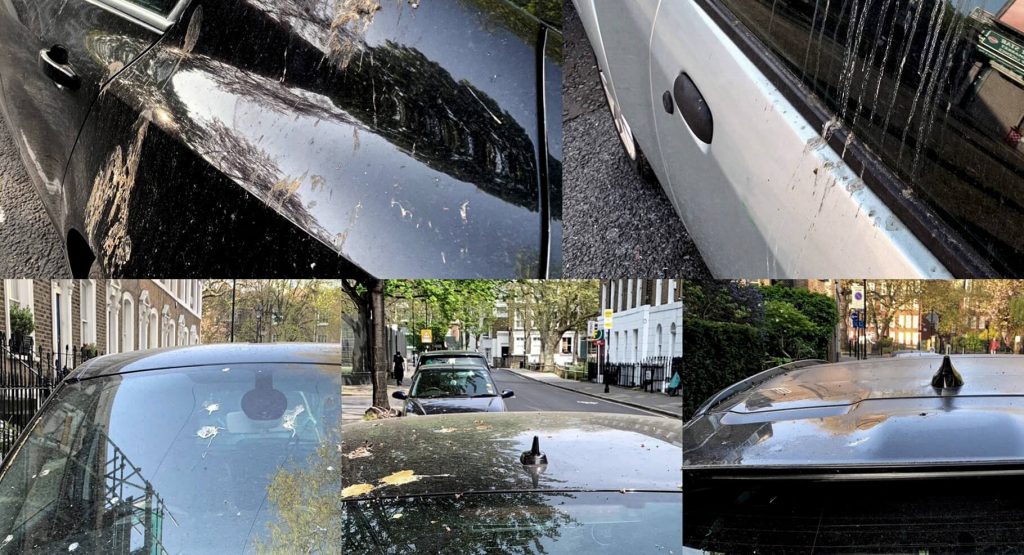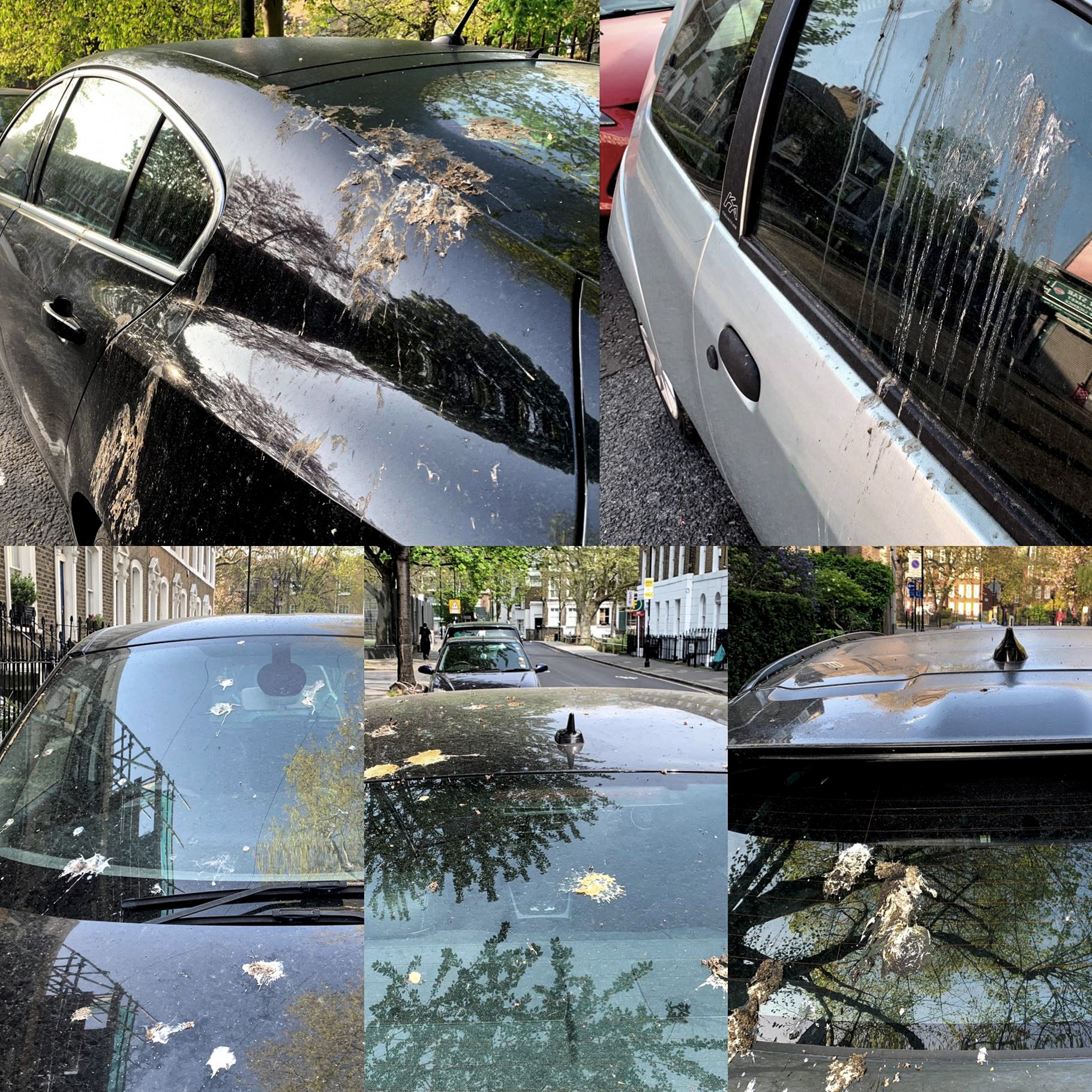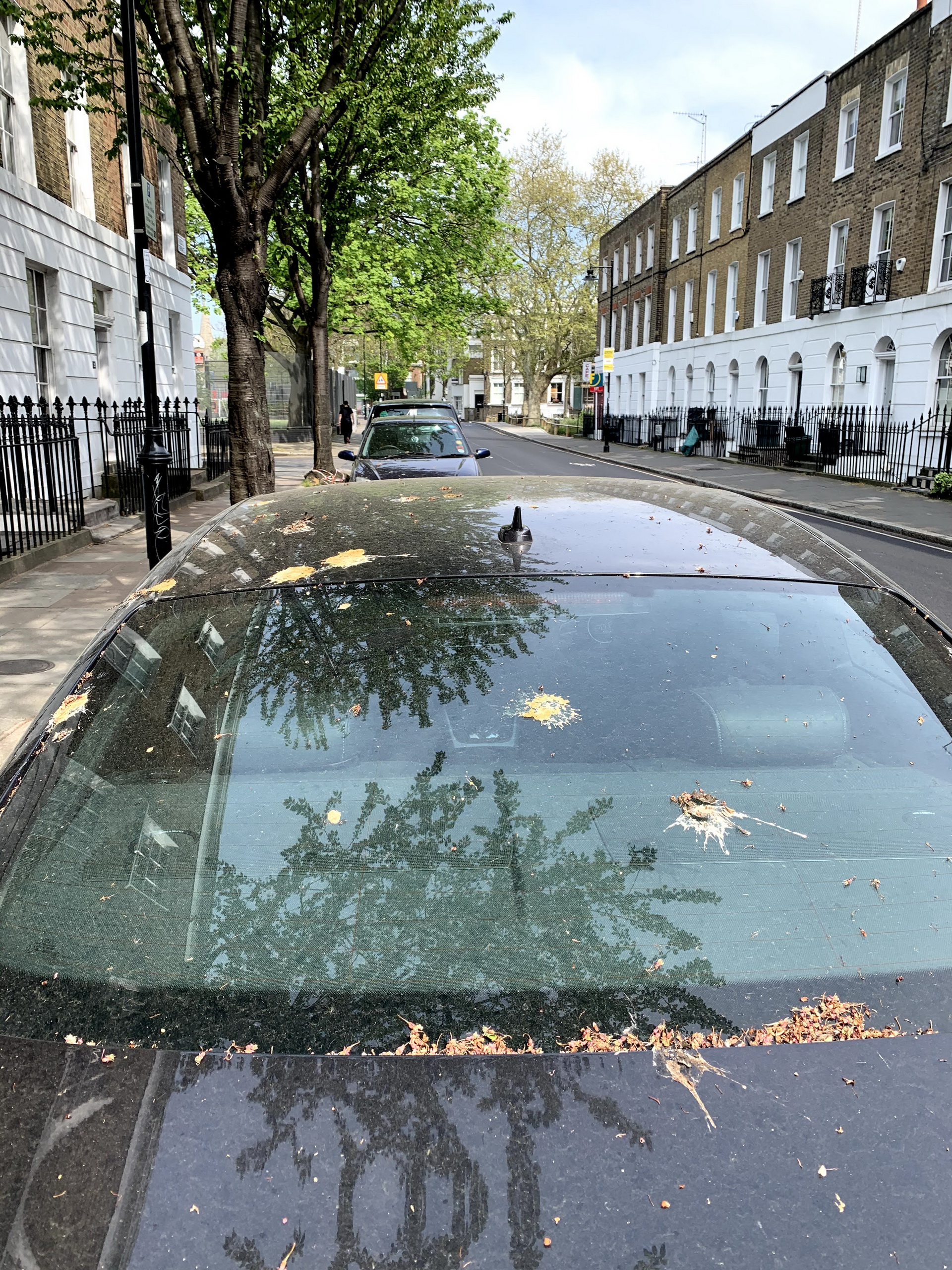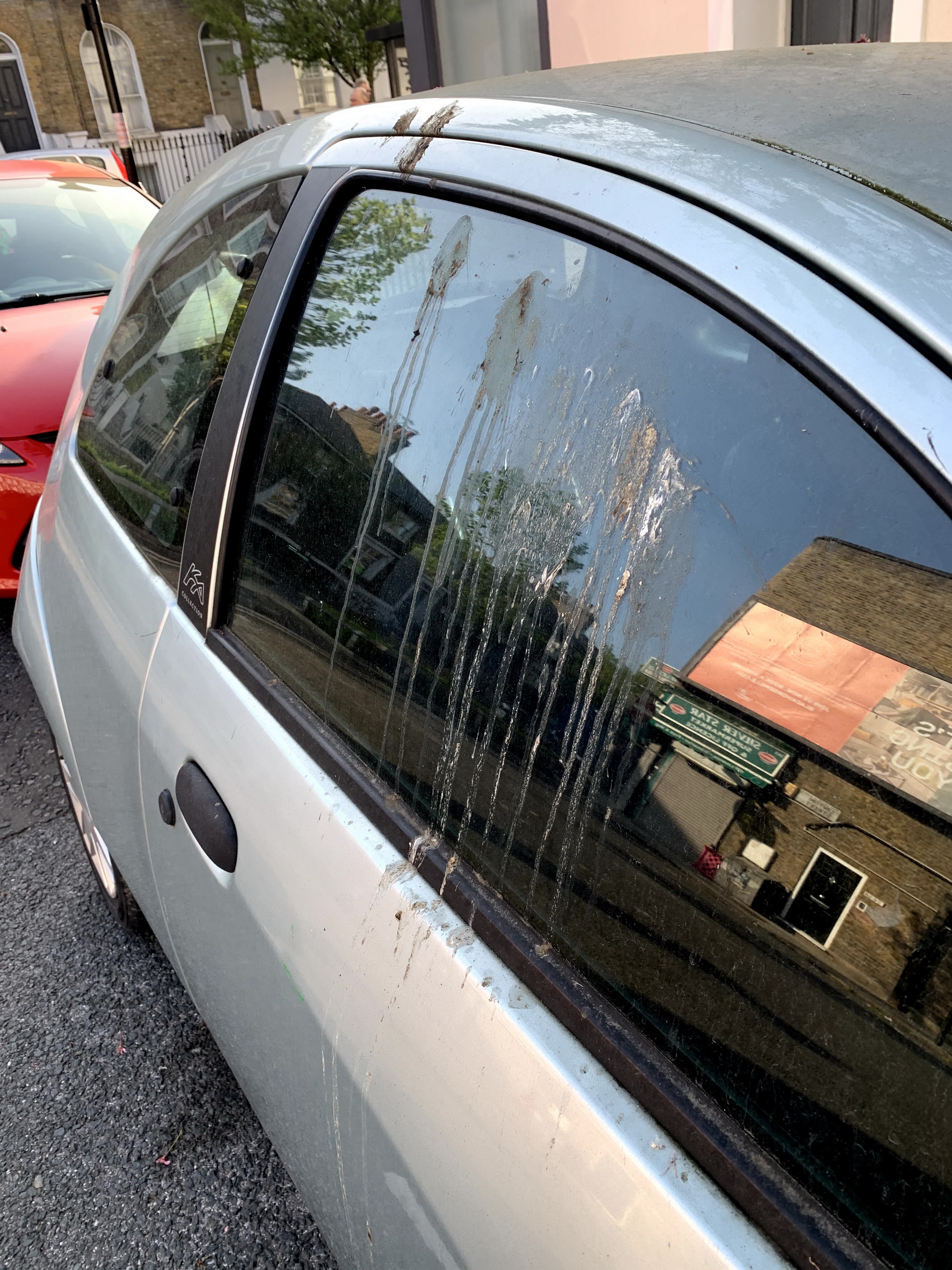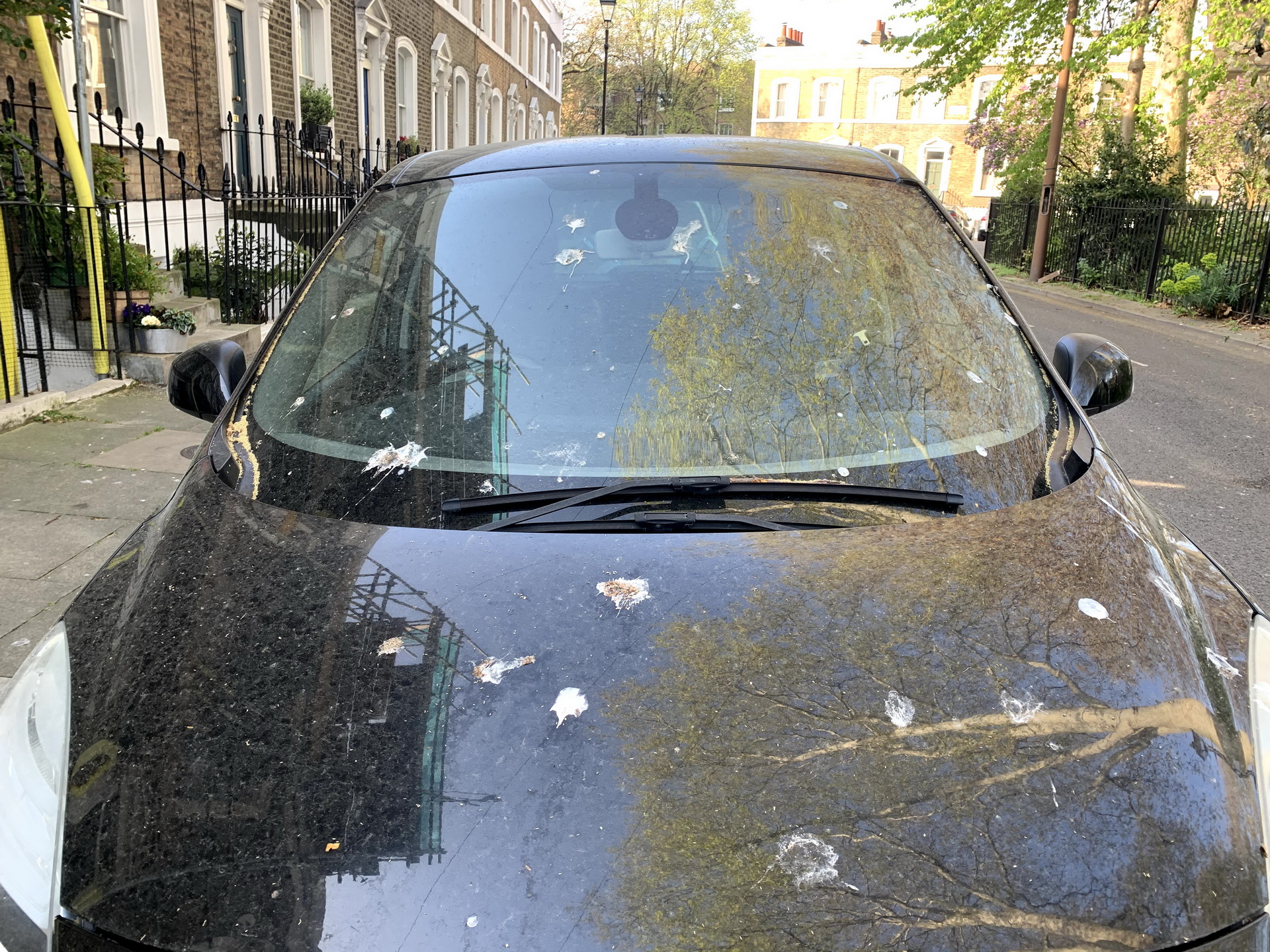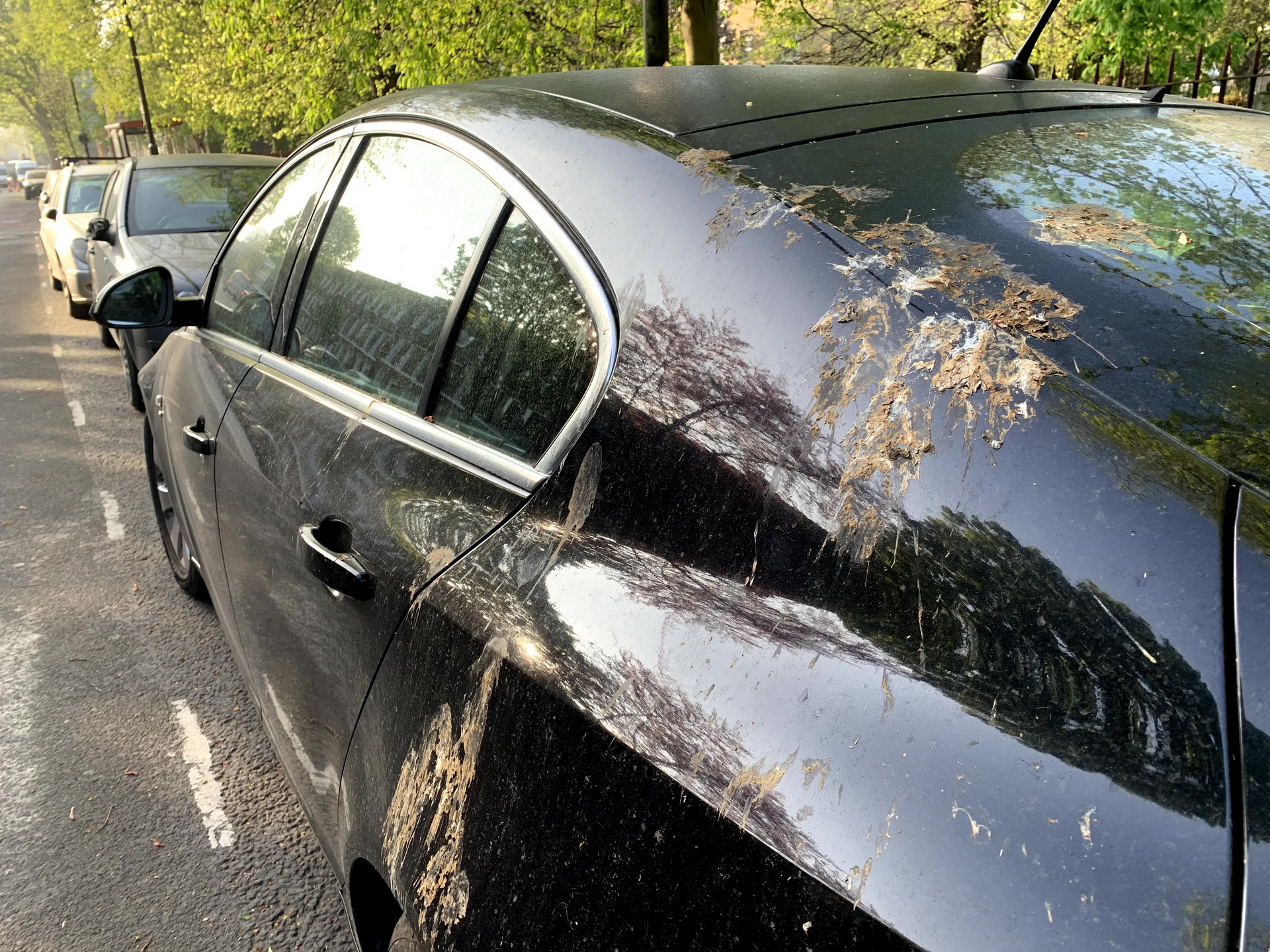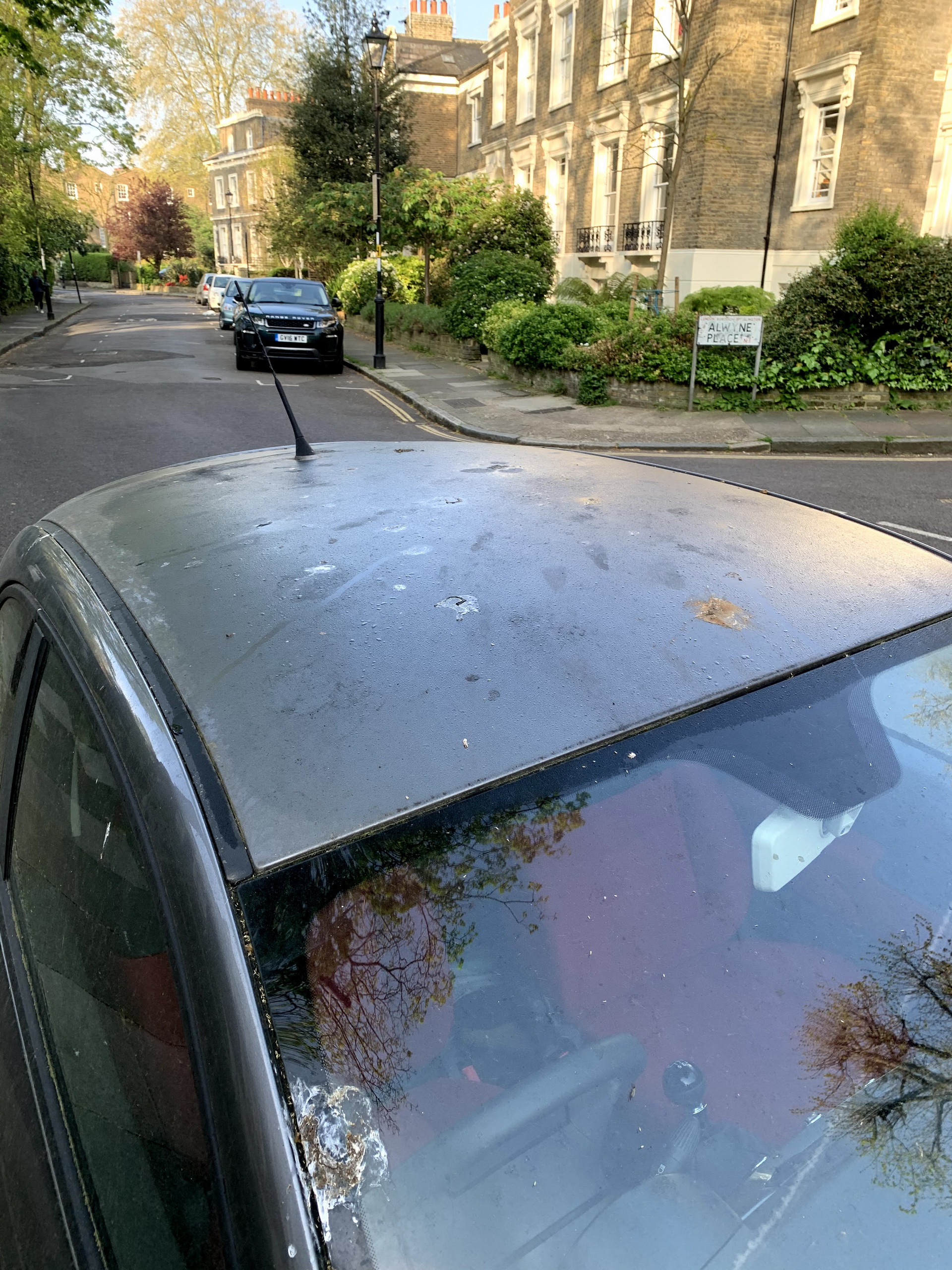The research and development phase includes more work than people are aware of. For instance, Ford is testing the paint of new cars against bird droppings, and since there’s no need to go out and catch birds, they have come up with a process to replicate in it the lab.
Simply called ‘the bird poop test’, it’s “one of the ordeals paint samples are put through”, the company explained. The body panels are sprayed with a mix of phosphoric acid and soap detergent, as well as synthetic pollen, before aging them in ovens at 140 and 176 F (60-80 C).
Watch Also: Rémi Gaillard Dresses as an Owl, Poops on Police Car
The results of the test are then used to improve the paintwork. Here, the Dearborn automaker fine-tunes the pigments, resins and additives, and technicians ensure that the coating applied to a vehicle has the right stuff in it to resist such pollutants, no matter the environment, weather or outside temperature.
“With so many cars parked up at the moment as people stay at home, it’s likely birds are leaving their mark more than usual”, said Ford of Europe’s Core Engineering Paint Manager, Andre Thierig. “It’s wise to remove it before it gets too baked on, but our customers can at least take some consolation in the work we do to keep their paint protected.”
In addition to subjecting the panels to artificial bird waste, Ford conducts other paint tests that replicate extreme weather conditions, from sub-zero temperatures to high humidity, salt and fuel staining. In one test, the paint samples are bombarded non-stop with ultraviolet light for up to 6,000 hours (250 days) in the lab, to simulate what the sun does to the paint in the brightest place on the planet.



